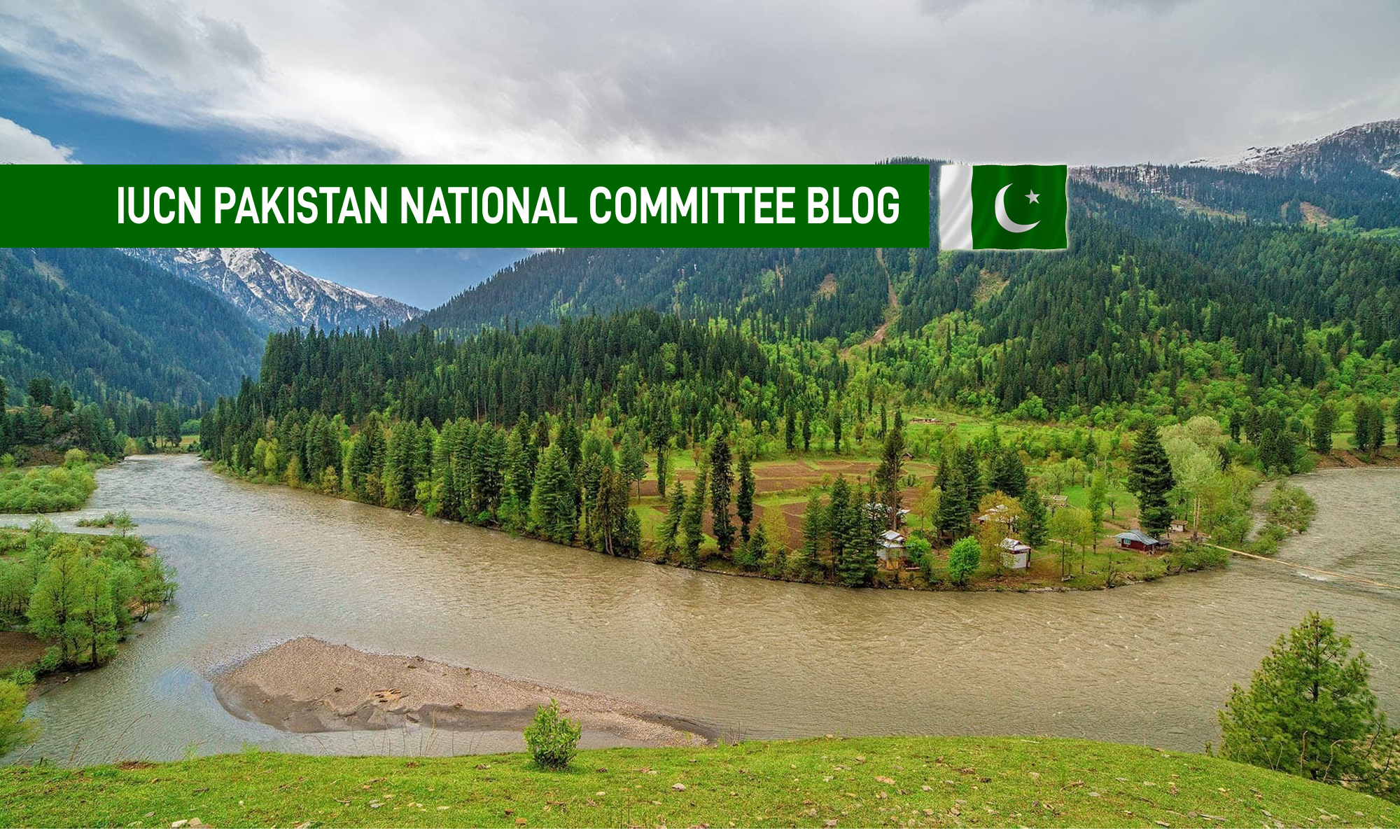ISLAMABAD: Alarm bells are ringing in Islamabad over a $160 million dollar project to develop a floating Liquefied Natural Gas (LNG) terminal adjacent to Karachi.
As the Oil and Gas Regulatory Authority (Ogra) starts public hearing on the project from Tuesday, certain officials feel that safety measures for such a project would need to be extra tight. The hearing seeks to give formal approval to Pakistan Gasport Limited (PGL) to set up the LNG terminal.
This multi-million-dollar deal was approved in 2007. Ogra granted a provisional licence to PGL on May 14, 2009, to complete the formalities for importing LNG. The Economic Coordination Committee (ECC) also immediately gave its ex-post facto approval to the implementation agreement.
After three years, the project is being launched and Ogra has announced that it will conduct a public hearing today. However, Ogra has advertised the announcement about the hearing in only one English newspaper. An official said that this could be an attempt to avoid public debate on this sensitive project as the paper in which the advertisement appeared was not widely read in Karachi. He said that many people in Karachi would be unaware that their fate was being decided in Islamabad at a public hearing.
Meanwhile, Shehri-CBE’s report on the project clearly warns that “potential hazards during the passage of LNG tankers along the Phitti Creek, degasification of LNG in the middle of the creek and storage of LPG on the public beach near Chashma, Khasheli, Haji Ayub and Ali Brohi goths have not been carefully investigated.
The proximity of residential, commercial and industrial facilities to the proposed location of the re-gasification plant and [the premises for] LPG storage has been deliberately downplayed in the Environmental Impact Assessment (EIA) report.
Only minor goths are stated as being within a 13-kilometre radius. However the map shows that the entire Korangi area, a large section of Malir, Jinnah International Airport, DHA Golf Club and a large number of people would fall within 12 kilometres of the proposed LNG terminal.
Experts said that the LNG terminal needs to be established many kilometres away from Karachi’s populated areas and that PGL needs to be obliged to take out comprehensive insurance to cover the extensive cost of any accident and be willing to pay the government for the cost of the added security and precautions that will need to be taken.
According to information available with The Express Tribune Ogra issued a notice to consider PGL’s application to undertake regulated activities related to LNG at Port Qasim, Karachi. This notice states that PGL (the applicant) filed a petition with Ogra on June 8, 2010, under Rule 4 of the Oil & Gas Regulatory Authority (LNG) Rules 2007. In the petition, they applied to undertake the following regulated activities at Port Qasim, Karachi: Construction of an LNG-receiving terminal, construction of an LNG-receiving and re-gasification facility including LNG unloading, marine facility, LNG storage facility, vapourisation and RLNG send-out facility.
Government sources say no discussion in Pakistan has so far taken place in civil society about the negative impact of having an LNG terminal located near Karachi. However, a report will be submitted during Ogra’s public hearing about how LNG plants have caused human fatalities.
A report by Tim Riley Law.com says that LNG is transported overseas to the location through LNG tankers. This is where the major danger lies, the report says. LNG tankers are quite large and a typical LNG tanker holds more than 33 million gallons of LNG, which equals 20 billion gallons of natural gas.
Karachi-based NGO Shehri-Citizens For a Better Environment (CBE), in its report carried by Alexander’s Gas and Oil Connections, has clearly warned that “if PGL’s LNG project is rammed through as per [the] existing arrangement, it has the potential to cause a debacle in Karachi, the size of which will make the Bhopal catastrophe in India or 9/11 tragedy in the US seem insignificant”.
Officials cite the catastrophic explosion at an LNG facility in Algeria in 2004. Initially, it was claimed that the Algerian plant was outdated but later, it was learnt that the plant had undergone modernisation just five years ago by former US vice-president Dick Cheney’s former company Halliburton.
In 2003, an explosion in south-west China was even more disastrous. Another LNG disaster took place long ago in 1944 in Cleveland, US.
But an official, speaking on condition of anonymity, said that larger disasters could take place as newer LNG tankers are built to contain 20 times more gas than the volume that burnt in the Cleveland disaster.
Published in The Express Tribune, January 4th, 2011.
Rauf Klasra January 4, 2011
http://tribune.com.pk/story/98887/karachi-project-lng-terminal-poses-health-hazard/?print=t









